
In his later works, he reveals the image of a man through the prism of his entire life. Synthesizing, the artist sweeps away the accidental, not only in the external appearance of the person being portrayed, but also in his inner world: uncharacteristic experiences, a transitory state of mind.
“Portrait of an old man in red” – one of the best among the portraits of the 1650s. The man has gone a long and difficult way of life. On the face – traces of worries and thoughtful thoughts, forehead dug deep wrinkles, fatigue visible in the pensive look, large, knobby hands rest heavily on their knees. But the whole look of an old man breathes a tremendous inner strength, spiritual power. That is why the portrait at one time was considered the image of the ancient Greek sage Zeno.
Before us is a wise life experience person who has absorbed the lives of many people, of entire generations, into his life. The expressiveness of the image is created by extremely simple, at first glance, means: a symmetrical statement of the figure framed by a wide rectangle of the chair, large, freely falling folds of the old man’s clothes, his external calmness. Such conciseness contributes a lot to the impression of monumentality. But the true wealth and flexibility of Rembrandt’s artistic language are revealed in a painterly manner, in the use of light.
The paints are laid in wide free strokes, thick in illuminated places and thin, transparent in shadows. Light, falling on such a colorful surface, is crushed, the image seems surrounded by a vibrating light and air environment. The old man’s face appears to be alive, changeable, as if radiating light.
The late portraits of Rembrandt are imbued with the thrill of life, the external calmness depicted infinitely far from the motionless stiffness. The same person who is on the Hermitage canvas is depicted by Rembrandt in a portrait sketch from 1652 from the National Gallery in London. “Portrait of an old man in red” entered the Hermitage in 1769 from the collection of Count Bruhl in Dresden.
 Portrait of a Scientist by Rembrandt Harmens Van Rhine
Portrait of a Scientist by Rembrandt Harmens Van Rhine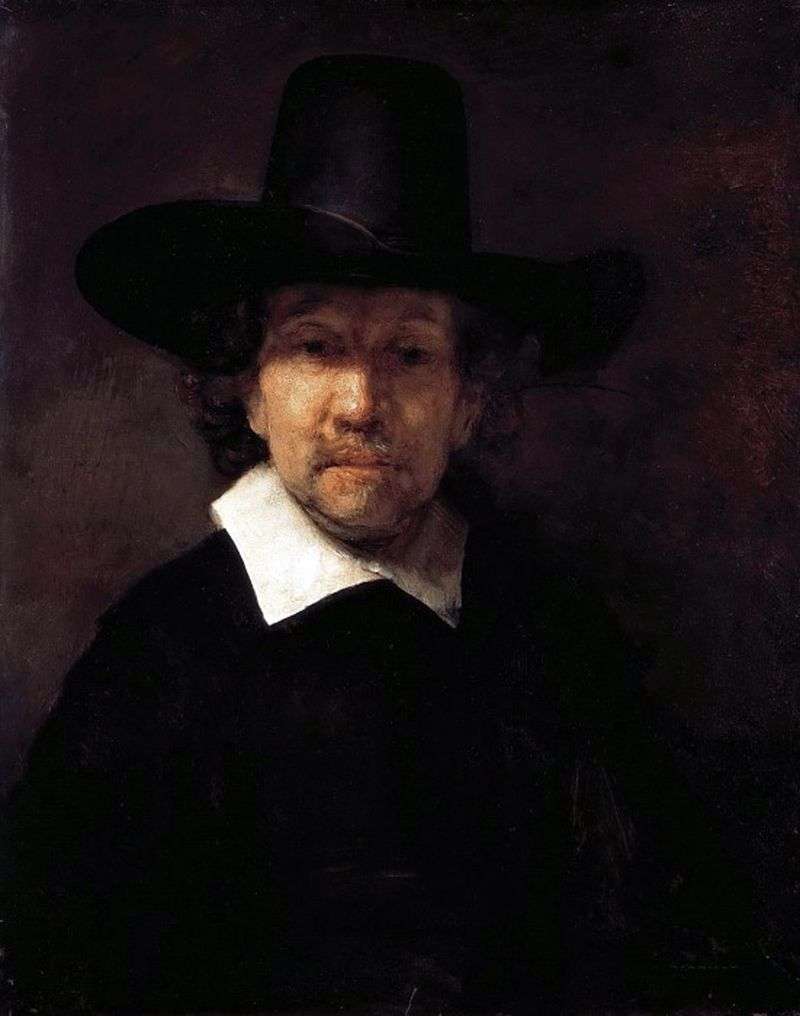 Portrait of Jeremiah Dekker by Rembrandt Harmens Van Rhine
Portrait of Jeremiah Dekker by Rembrandt Harmens Van Rhine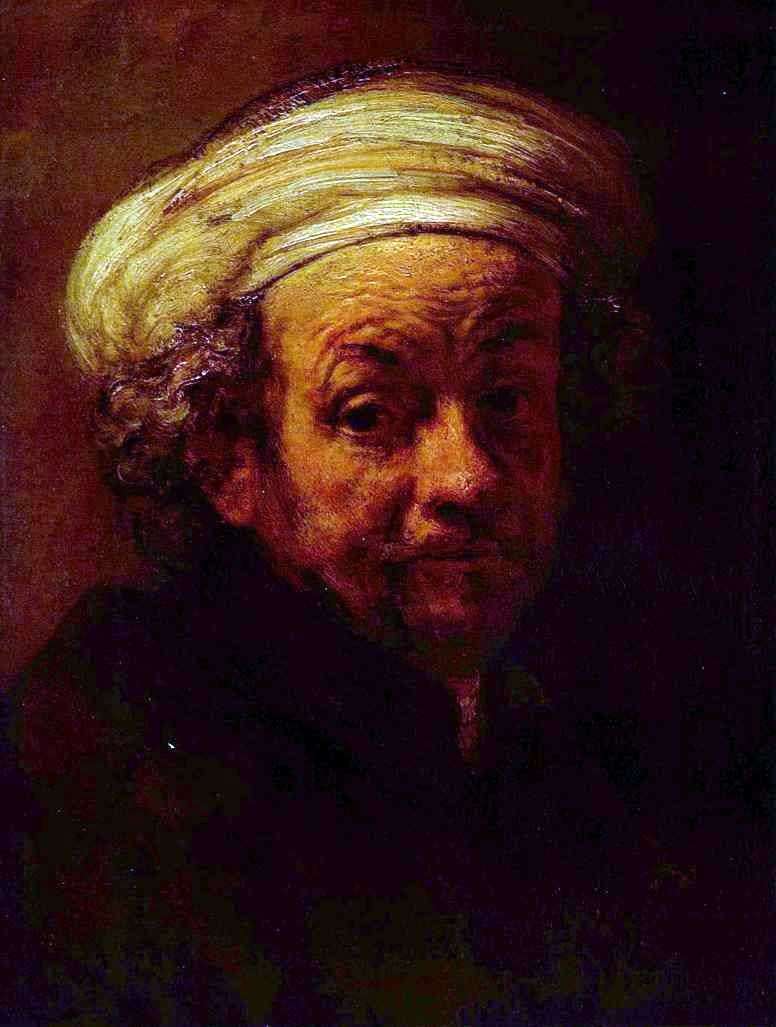 Self Portrait by Rembrandt Harmens Van Rhine
Self Portrait by Rembrandt Harmens Van Rhine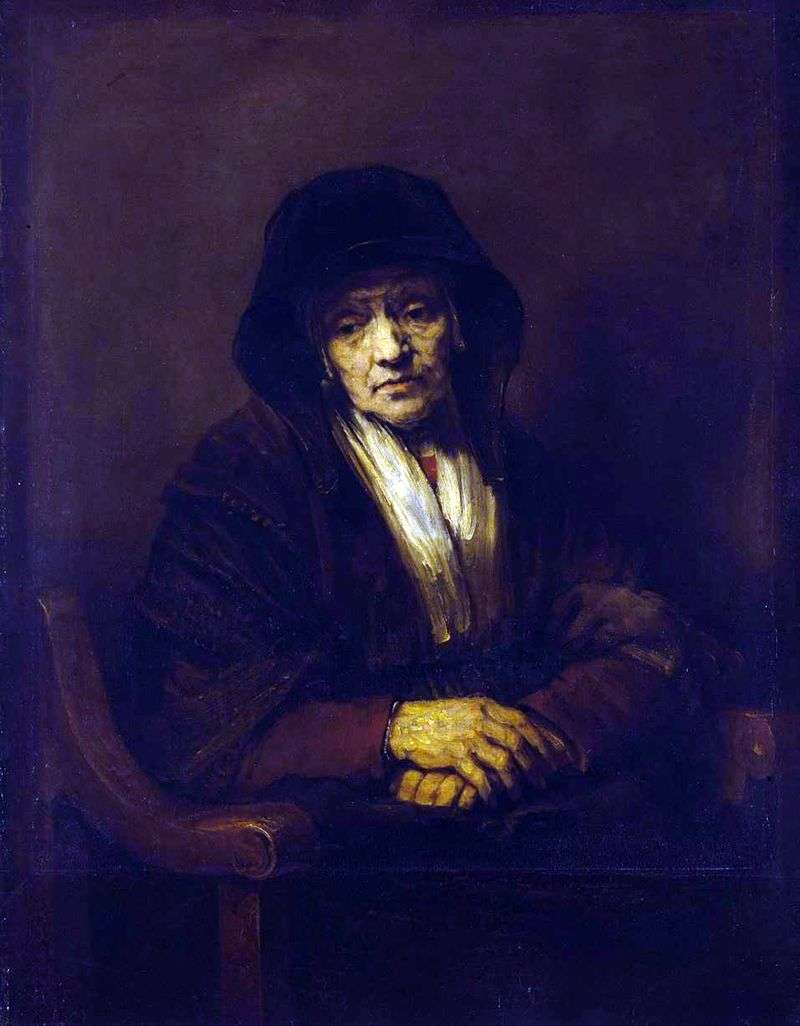 Portrait of an Old Woman by Rembrandt Harmens Van Rhine
Portrait of an Old Woman by Rembrandt Harmens Van Rhine Portrait of Katrina Hoogsat by Rembrandt Harmens Van Rhine
Portrait of Katrina Hoogsat by Rembrandt Harmens Van Rhine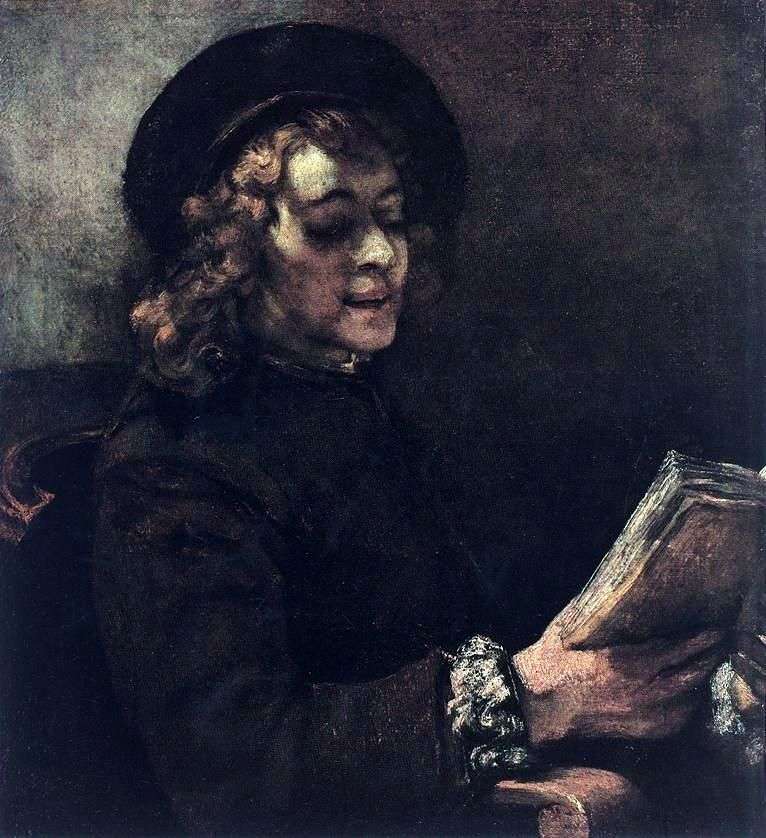 Titus Reader by Rembrandt Harmens Van Rhine
Titus Reader by Rembrandt Harmens Van Rhine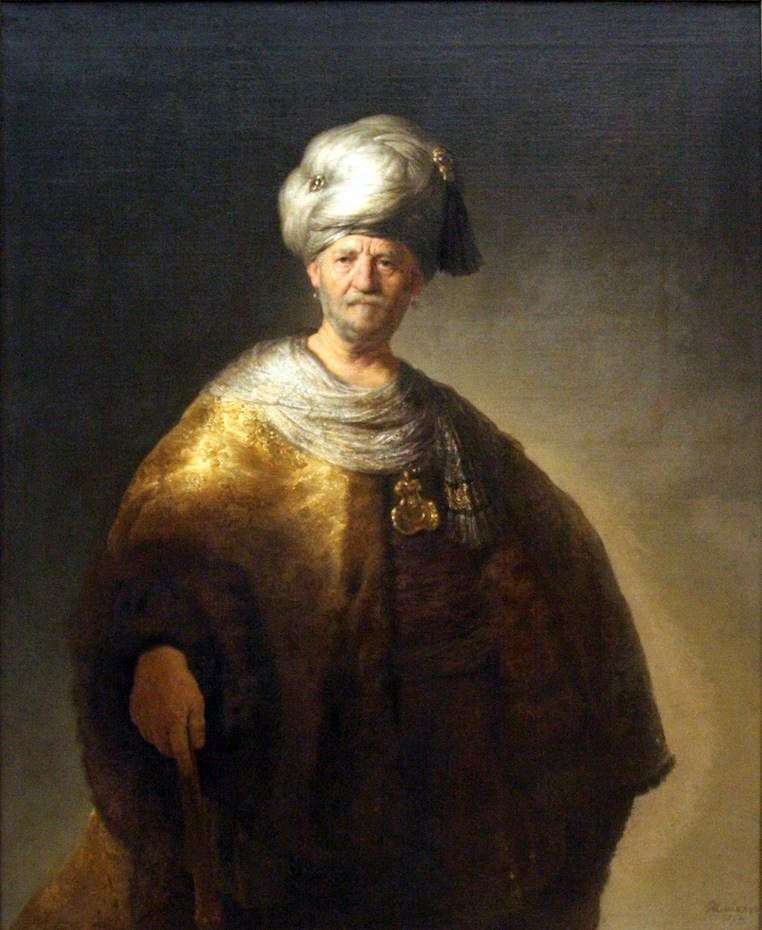 Noble Slav by Rembrandt Harmens Van Rhine
Noble Slav by Rembrandt Harmens Van Rhine Portrait of Saskia van Eilebürch by Rembrandt Harmens Van Rhine
Portrait of Saskia van Eilebürch by Rembrandt Harmens Van Rhine